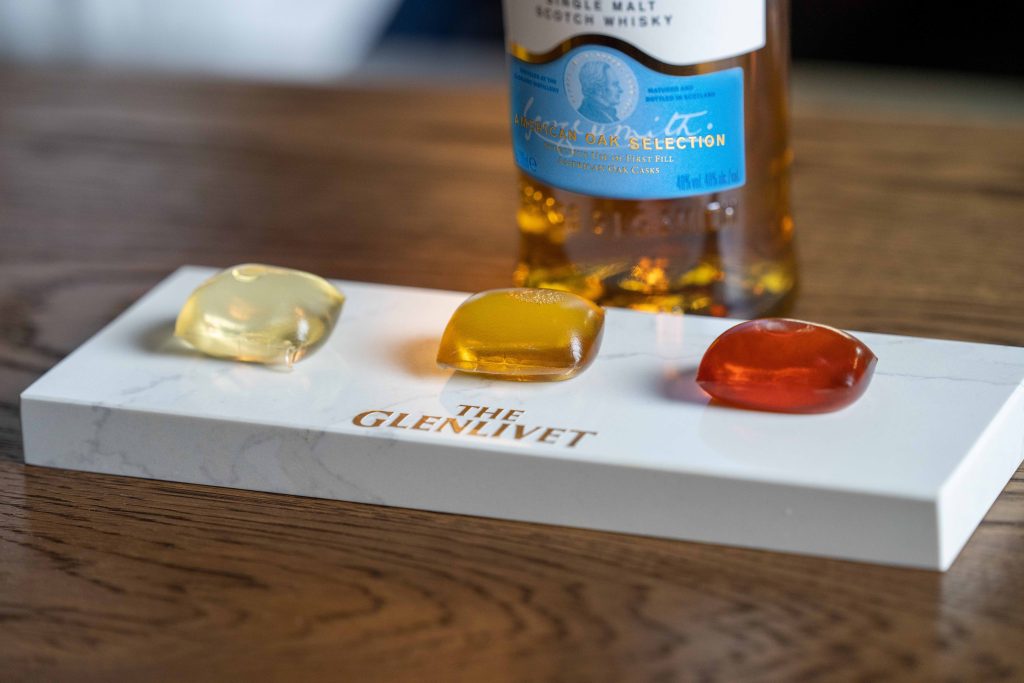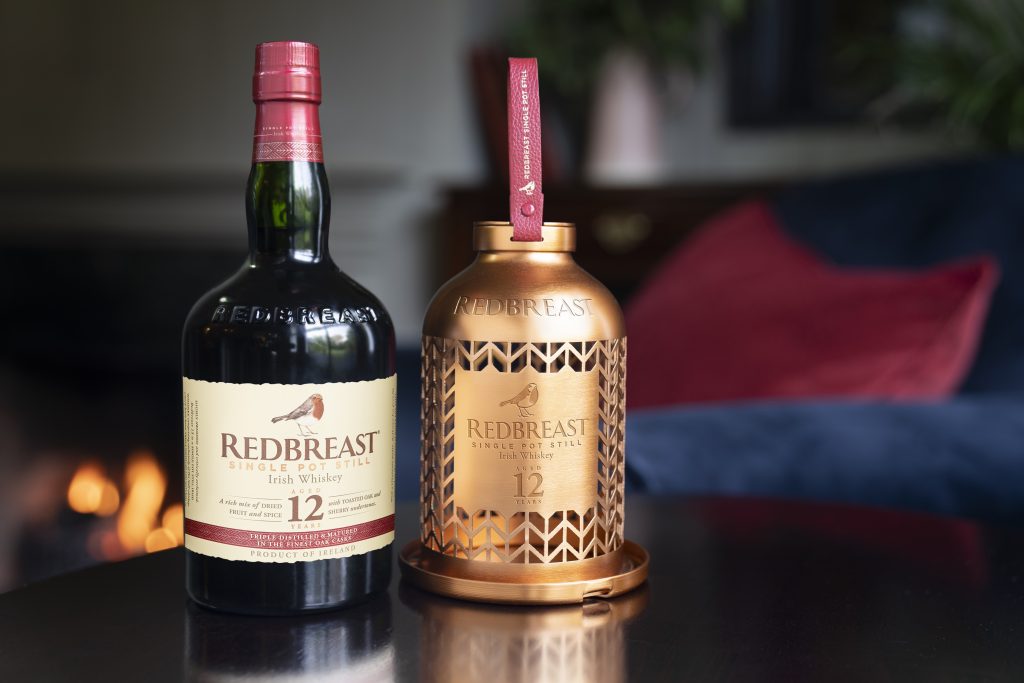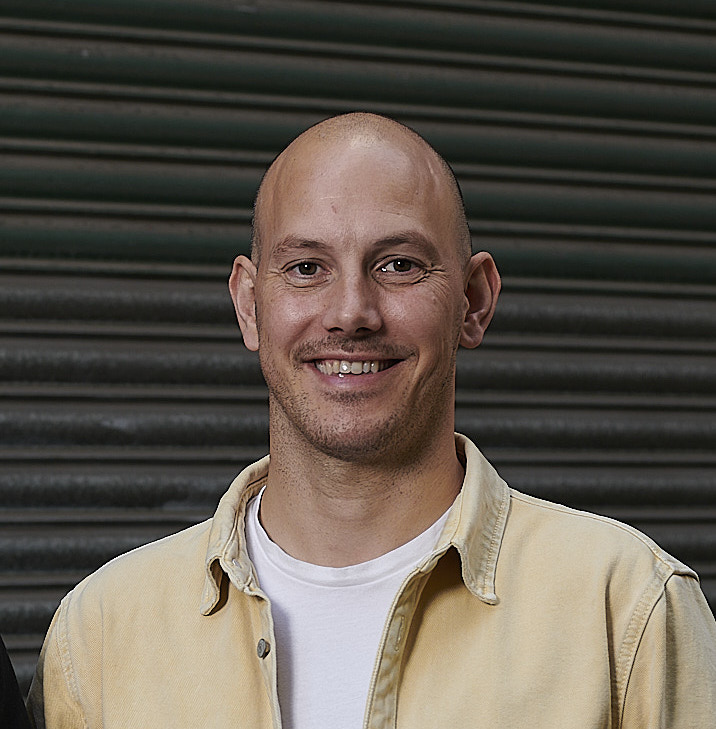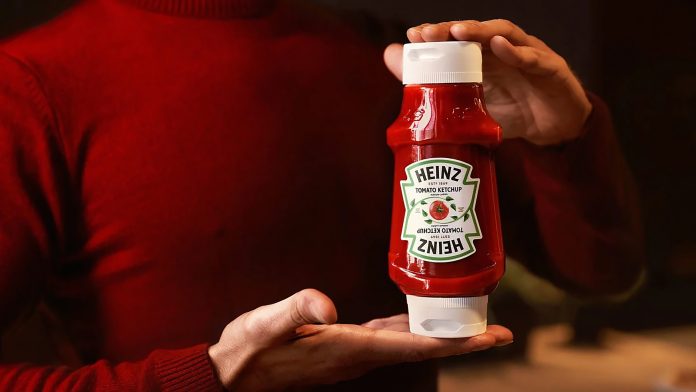Will Cookson explores growth through creativity and how small product enhancements can drive big brand impact
As the founder of Pangolin, a consumer PR company, I’ve seen hundreds of briefs over the last 10 years, all with variations of the same goal: how can we help drive relevance and fame for a client’s brand? It’s often a similar story: a client’s FMCG brand is well-established in the market, people know what the product does, but there is nothing inherently new or interesting in the immediate pipeline to keep it front of mind.
At this stage, brands often ask creative agencies to explore their consumers’ passion points to try and identify any broader cultural ‘white spaces’ they should be tapping into – such as music or sport – as a way to show up where their audience is. And I don’t disagree, it makes sound strategic sense, but the challenge is it can be very costly, and not all brands have access to the budgets needed to unlock real value and ROI.
When faced with this challenge, I’m passionate about encouraging FMCG brands to think about the untapped value and creative power they actually have at their fingertips with their core products alone. Some of the most impactful award-winning PR campaigns that have created a ground swell of media and consumer conversation were based on innovating a brand’s core product offering.

Businesses shouldn’t underestimate how small product tweaks can inject fresh energy into their brand. Over the years I’ve spotted a few key things to consider when exploring product innovation as a creative marketing strategy, including how to maximise reach, relevance and scale from your ideas.
Lean into the problems
Luckily FMCG products tend to be bought and used regularly, so it means we can very quickly understand the full consumer journey – from the moment people are searching out the product, through to the moment the product goes in the bin at the end of its life cycle. And most importantly, the problems people find along the way. All products have design or user experience issues – that’s natural – and that can be the source of amazing creative fuel.
I encourage every FMCG brand to spend time understanding real consumer problems with their products, and then applying creativity to find fun ways to solve them with quick and simple product innovations. Are your products hard to open? Hard to carry? Are they messy? Tricky to reseal? Hard to store? Do they smell? Heinz has been innovating really well in recent years, with campaigns like the Vintage Drip Collection (a fashion line featuring ketchup-stained streetwear – see below) or the “Ketch-Up & Down” bottle which has two lids that allow for easy squeezing – no matter which way it is stored (see top image).

These could often be seen as product issues or flaws, but instead they are used as creative inspiration to generate innovative ideas that naturally resonate with customers as they can relate to the problem.
So if you’re a soda brand, what could you do about people with long nails that can’t open the ringpull? If you’re a toothpaste brand, what could you do about the residue that builds up on the outside of packaging every single time you use it? Rather than hiding or compensating for imperfections, brands that embrace their flaws with creativity often find unexpected pathways to consumer engagement.
Innovation through collaboration
Another powerful tactic to consider is how you can collaborate in order to innovate your product. Spending time exploring all your product’s traditional features and benefits (shape, taste, touch, flavour, colour), and then how a potential partner could bring something totally fresh and different to stand out. This could mean leveraging tech innovation to serve or package your product in a new way, partnering with a complimentary brand to change a core flavour or colour, or even finding a culturally relevant person, place or moment to piggyback to breathe fresh life into the brand. Just look at standout collaborations like Crocs x KFC to see how product-centric innovation can culturally catch fire. And if you find the right collaboration, you also benefit from reaching a new audience pool that might not have considered your brand before. It’s a win-win.
Small scale can have a big impact
A critical point for FMCG brands – and one I often emphasise to clients – is that creative product innovation doesn’t require mass production.
The beauty of PR is that it’s about storytelling and driving hype around an idea – it could be a concept, a prototype, or a design idea. It’s the story behind the innovation which is the magic, not the scale of how it’s activated. For example, if you were developing a new shampoo lid designed to prevent flicking shampoo into your eye (we’ve all been there and it’s painful!), a limited-edition run of 50 bottles would be enough for online sales, journalist trials, and influencer engagement.

And sometimes you don’t even need to make anything – you just need to seed the idea. We generated hundreds of positive articles for a crisp brand by simply posting a quirky product flavour idea on the brand’s social account and it blew up with coverage landing in over five countries, and increasing their social following by over 10 percent with no paid spend behind the campaign.
Innovation drives commercial value
Finally, the reason I believe in doubling down on creative product innovation as a powerful PR and marketing tool is down to commercial impact. Often brands can get lost with their marketing campaigns and end up pushing out creative ideas that are great for visibility, but ultimately they are not going to do anything for sales or the bottom line. The power in activating a product innovation campaign is that the product you are trying to sell is still at the core of the story. It’s a brilliant way to drive both awareness and consideration, and ultimately increase sales. For one of our hot sauce clients (below), we recently created a bold way to consume the product (in short, add a splash into your pre-game lager during the football), and it resulted in an 18 percent uplift in sales.

Yes, the innovation was quirky and unexpected, but it was also centred on encouraging hot sauce fans across the UK to buy a bottle and try it for themselves.
So, I encourage you when you’re next developing a marketing plan to think about product innovation and all the creative power it can bring to your business. Don’t ignore your product because it’s been sitting on a shelf or website unchanged for years, it’s the reason the business exists. Use the power of creative thinking to make people remember why they need it in their lives.
Will Cookson is the co-founder of Pangolin





